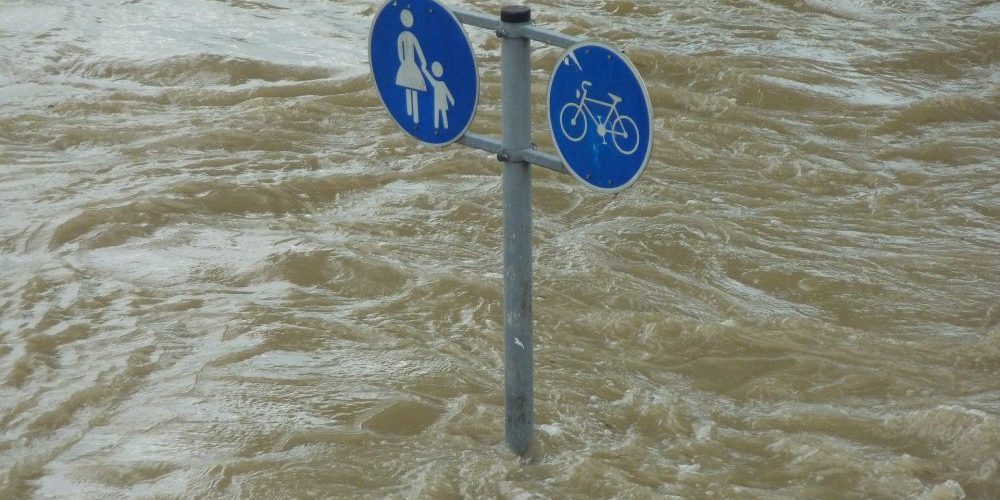Although the majority of properties are not situated in a flood risk area, a not-insignificant ARE, even if they’re not obviously situated beside water. It is important for both homeowners and potential buyers to understand the basics about flood risks. This guide of ours is designed to help those considering buying a house in a flood risk area.
So what are the main causes of flooding?
The most common cause of flooding is rivers bursting their banks after periods of persistent rain. Properties in coastal areas are at risk of flooding from unusually high tides. However, even in areas that are not near the obvious seas or rivers, there can also be a risk of something called ‘surface water flooding’, which is typically caused by flash floods that happen after thunderstorms. Another, slightly rarer cause of flooding is ‘groundwater flooding’, when the water table rises and causes water to start seeping into basements and cellars. The Environment Agency estimates that around one in six properties in the UK is at some risk of flooding. Some low-lying areas have been identified as flood plains for a long time and these experience flooding at regular intervals. Therefore building on these flood plains is discouraged, although it still takes place in some areas.
How do I know if a property I’m interested in is located in a flood-risk area?
The easiest way to find out if a house is in a flood risk area is to visit the government website and enter the postcode of the area where you are thinking of buying a property. Areas are graded for flood risk, from ‘high’ to ‘very low’, depending on their proximity to rivers and the previous flooding history. You should be aware that flood maps can change every so often, so it is recommended that you get information from other reliable sources such as your local estate agent or from your conveyancing solicitor.
Will being on a flood plain effect my home insurance?
Yes it will, especially if a property has been flooded in the past or is in an area of high risk. When you look for insurance, you should make sure that you have as much information as possible, so that you can get the best possible deal. Some insurers will ask for an Insurance Related Request Letter, requiring you to get a formal letter from the Environment Agency, confirming the flood risk level associated with the property. This will help when it comes to dealing with your mortgage-lender, who will want to make sure that the property is insurable.
What preventative measures can the owner of a property in a high flood risk area take?
In houses that are at greater risk of flooding it makes sense not to spend a fortune on carpets, and fit tiles or wooden flooring instead. Making sure that power points located in at-risk rooms are located high up on the walls, rather than at floor level, is also a good idea. Fitting non-return valves in drains can be a useful defence against flash floods.
If I am selling a house in a flood risk area, what legal obligations am I under?
The main one is to be honest and clear with buyers about any previous flood history in the property. If the property is in an area at risk, a buyer is entitled to ask about flooding episodes in the past and you must supply them with relevant details of past flood damage, the cost of repairs and any subsequent impact on insurance premiums. Keeping written flood-related records is a good idea.
Millions of Britons live in areas that are at some risk of flooding, but if appropriate steps are taken to manage those risks, there is no reason for them to suffer from sleepless nights. Buying a house in a flood risk area should certainly not be regarded as a complete no-no if in doubt talk to a local estate agent such as Bromley Property Company who can discuss an concerns that you may have.

